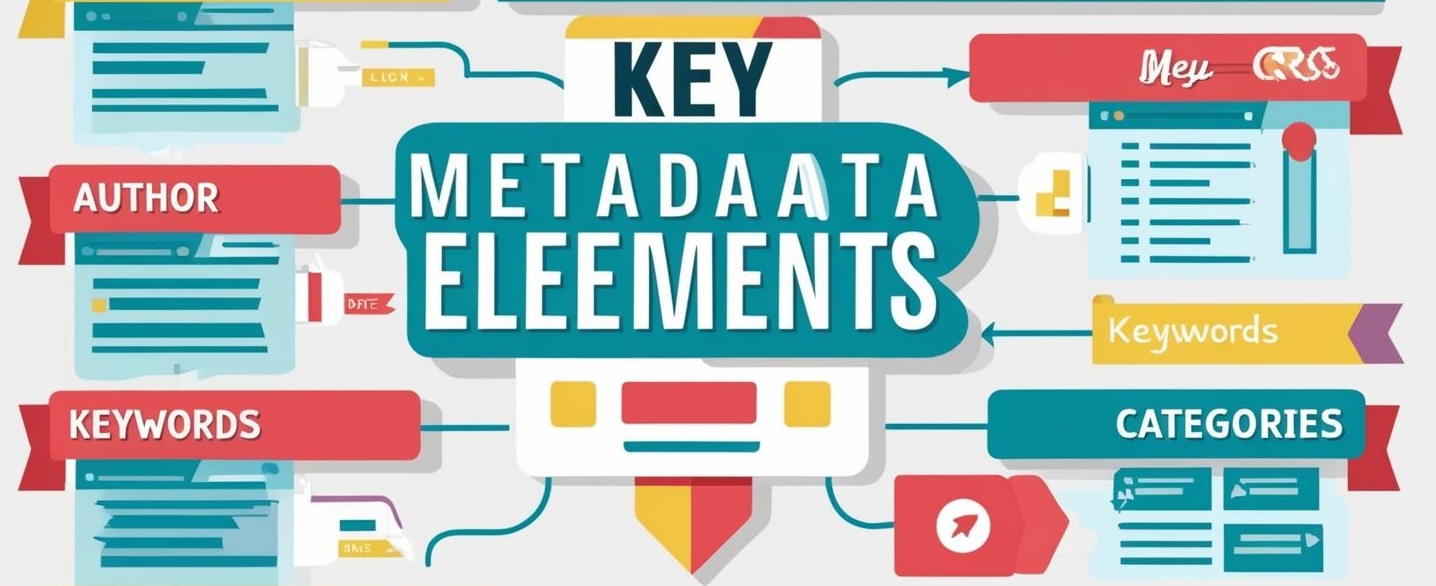What is Metadata?
Metadata is structured information that describes, explains, locates or otherwise makes it easier to retrieve, use or manage an information resource.
Metadata is often called data about data or information about information.
Metadata also includes data that represent properties and relationships among individual objects (instances) of any type.
In ‘Metadata’ the prefix ‘meta’ is used to mean ‘about’, so metadata means about data and describes other data.
According to IFLA:
“Metadata is data about data. The term refers to any data used to aid the identification, description and location of networked electronic resources.”
Jack E. Myers, founder of Metadata Information Partners (now Metadata Co.), claims to have coined the term in 1969 and trademarked it in 1986.
The term ‘Metadata’ was first created by Philip Bagley in 1968 in his book Extension of Programming Language Concepts.
What does Metadata do?
- Resource Discovery and Identification
– Retrieval of resources - Resource Administration
– Manage, store, use resources - Preservation and Archiving
– Long term preservation - Structural Information
Types of Metadata ➔
Administrative Metadata:
These informations are valid and useful during the whole life span of the document. These data are stored in as administrative metadata, i.e. related to the life cycle of the document.
It includes information regarding serials in the digital environment concerning the ordering, acquisition, maintenance, licensing rights, ownership, and provenance. Digital provenance- Truthfulness, trustworthiness, authenticity.
Structural Metadata:
Structural metadata of an object explains different components and their role. This handles various sections and sub-sections of the documents and their corresponding relations and roles. Useful in mapping digital structures like pages in a book.
Example-
<mets:StructMap TYPE=”physical”>
<mets:div TYPE=”book” LABEL=””>
<mets:div TYPE=”page” LABEL=”BLANK Page”/>
<mets:div TYPE=”page” LABEL=”Page 1: Title Page”/>
</mets:div>
</mets:StructMap>
Descriptive Metadata :
Descriptive metadata stores information regarding author, title, place, publisher and so on. Similar to descriptive cataloguing.
This metadata is important for identifying and locating documents.
For location of a document over the web – URI (Uniform Resource Identifier).
Technical Metadata :
Technical Metadata stores information regarding the file type and associated content type and how it should be rendered. It stores information regarding how the bytes should be read or in other words how the file should be read. Apart from this, it also stores information regarding the size or the extent of the file.
It is helpful in checking the intactness of the object.
Technical properties of a digital file – data types, length, data transmission, data storage structure, rules.
Preservation Metadata:
Used for digital longevity – digital preservation.
Supporting the viability, renderability, understandability, authenticity and identity of digital objects in a preservation context.
PREMIS – OCLC + RLG
→ (Preservation Metadata: Implementation Strategies)
Semantic Metadata:
Describes the meaning of the data.
Functions of Metadata ➔
Resource discovery.
Organizing e-resources.
Facilitating interoperability.
Digital identification.
Archiving and preservation.


